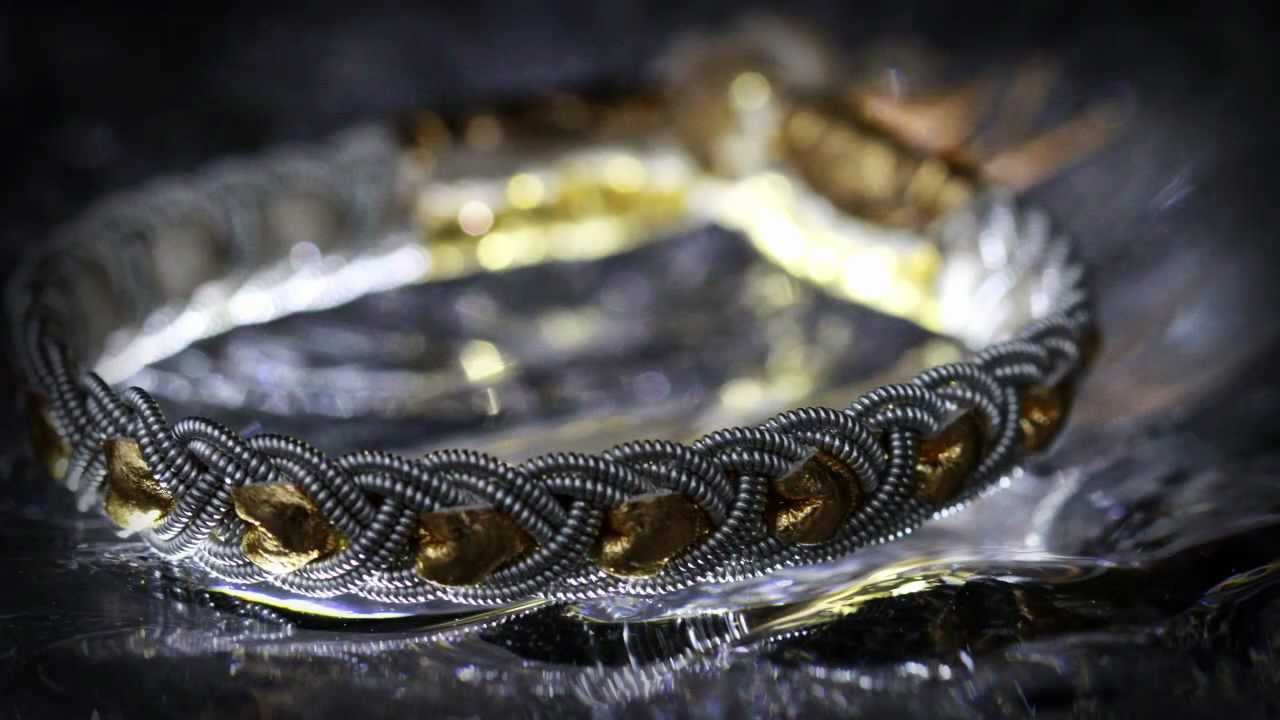Many people who are looking to take great photographs often ask the question, how to photograph jewellery. In the jewellery business particularly, customers tend to be quite hesitant to invest their hard earned cash in a product they have to physically see and have to rely on images alone to imagine. This is because they are so used to searching on-line and even seeing images on websites they have visited before. This is not a bad thing per se because it allows people to explore a wide variety of different jewellery before making a final purchase decision. However, for customers who want an easier, less time consuming way of searching through numerous items on-line, there is always the option of purchasing a photo album or gift box that contains many of the more popular items in your chosen jewellery genre.
There are several different techniques when it comes to how to photograph jewellery; some of them include using a flash, a self-timer and also by using a black and white background. The latter option is more advisable if you plan on doing a large number of photographs, as it gives the effect of depth and weight. Black and white photography has been widely used in the world of photography for many years and for good reason, as it provides a great deal of depth and subtle colouration which is so necessary in Jewellery photography. One of the main reasons why this technique works so well when photographing silver and gold jewellery is because of the reflected light which can make objects appear to sparkle with a sparkling shine.
The most popular method when it comes to how to photograph jewellery that features a lot of small diamonds or other sparkling objects is known as diffusion. In this type of photography, light is shone on the object, and the whole background is then projected onto the part of the image that is being photographed. This type of technique requires a higher level of skill than the flash method, but can be very effective. Another advantage with this type of photography is that it can create unusual effects, such as seeing an area of a photograph which doesn’t feature any particular shade of shade due to the way the light is diffused.
How to photograph jewellery featuring shiny objects without them reflecting on the lens depends entirely on the kind of product photos you are intending to take. If you intend to take close up product photos of rings, earrings or necklaces, then it’s worth learning how to use a bit of cardboard and a relatively high quality black and white lens. Simply place the object, preferably not too close to the camera, in front of the lens. Next, start clicking away until the product photo appears.
As mentioned previously, there are several different methods when it comes to colour temperature and how to photograph jewellery photography lighting. You could either try a spot light on your camera or shoot in manual mode using the aperture settings. Either way will produce good quality results, depending on the kind of jewellery you are photographing. If you are photographing silver items, for instance, then using a red filter while pointing the camera at the silver will help to create deeper tones.
Colour temperature is something which affects the way in which a photograph catches the light. In general, chandeliers and other metal fixtures which are coloured gold tend to reflect more light back than other kinds of jewellery, so if you want to create a striking effect with your photographs of gemstones, you should choose a setting which matches the colour of the stone. Alternatively, if you are photographing a white stone like a diamond, for instance, then using a blue filter on your camera will create a much cooler effect. When photographing coloured gemstones, try to keep the colour tone as pure as possible, so it will stand out even at the most far away of angles. If you are not sure how to best achieve the right colour tone, then purchasing an online colour grading software program will help you do it accurately and quickly.
You may notice that all this information is rather academic and technical. That is because the techniques you will be learning are important to achieving outstanding results from your photographs of jewellery. However, the very core of all these tips still apply to using diffused lighting to take your jewellery photographs. As mentioned before, it is critical to understand how to photograph jewellery with a good quality digital camera, with the best settings so that the colours are captured directly. That is why using a white background is so important, as it gives you more freedom and flexibility when working with the different aspects of lighting.
The final part of this article series will focus on how to use white balance settings correctly when you are photographing gemstones. White balance is essential because it helps you to capture the true colour of gemstones. It is a process which involves using red, green and blue filters to correct the colour of the light which hits your camera’s sensor. Understanding how to photograph jewellery with this process will help you to get the best quality images from your camera.
